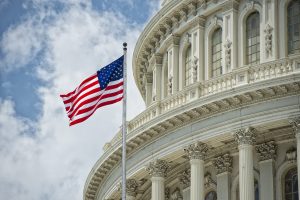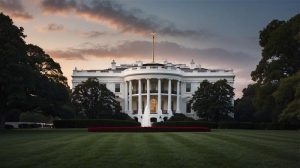Throughout the past quarter, US Fed Chair Jerome Powell executed the monetary policy equivalent of a screeching handbrake turn.
After suggesting late last year that interest rate hikes and balance sheet reductions were on a pre-set path, Powell has dramatically reversed his course by indicating that the Fed no longer has a tightening bias and that rates would probably stay on hold for the remainder of the year.
Justifying the change, he pointed out that “while the economic baseline remained similar, the risks had shifted”. These included “subdued inflation; economic uncertainty (slower external growth, Brexit, trade wars and US government shutdown); and financial market developments”.
Crucially, on the Fed’s unwinding of trillions of dollars of asset purchases, Powell rowed back from earlier comments that this process was on “autopilot”. In doing so, he acknowledged that ‘quantitative tightening’, as it is known, could stop suddenly if the economy were to deteriorate significantly.
There are three main implications for the Fed’s actions:
- They postpone recession risk slightly and comfort investors in the short term (good for risk assets in the short term).
- They suggest that the Fed will have very little ammunition to deal with a recession when it happens. It took Alan Greenspan and Bernanke’s FOMC only 2 1/2 years to raise rates from 1% to 5.25%, which was the lowest cyclical fed funds peak since October 1966. Bernanke’s Fed cut rates 10 times, or five whole percentage points, to combat the financial crisis and Great Recession. It also added more than $3.5 trillion to the balance sheet.
- They confirm that slowing global economic growth is forcing central banks to shift policy. This is the most relevant aspect of the Fed’s u-turn.
Indeed, the plunge in global bond yields and other market indicators suggests a continued rapid slowdown in global economic activity.
In the USA, the difference between the yield on three-month and ten-year US Treasuries turned negative for the first time since August 2007. All but one of the previous “inversions” in this part of the Treasury yield curve, during the post-Bretton Woods era, were followed by a US recession.
In Europe, the ECB was confronted with slowing economic growth, uncertain politics and wobbly markets, and so it reliably came to the rescue with new stimulus measures and a deferral of the start to any normalisation of interest rates.
Over the past two years the eurozone economy has left its “normal” growth path following the global financial crisis and has dipped into “Japanification territory”.
A low-growth, low-inflation environment, along with a negative deposit rate and ample central bank liquidity, which bears a striking resemblance to post-bubble Japan for the past quarter century.
To read the full Macro click here




